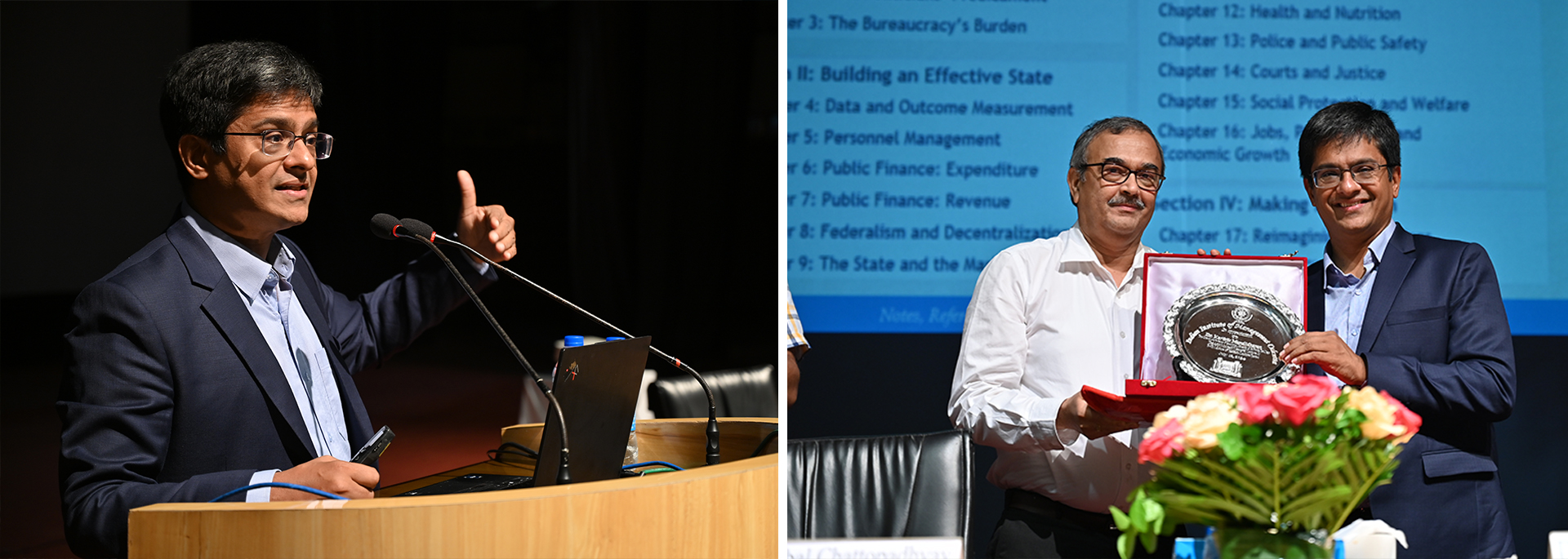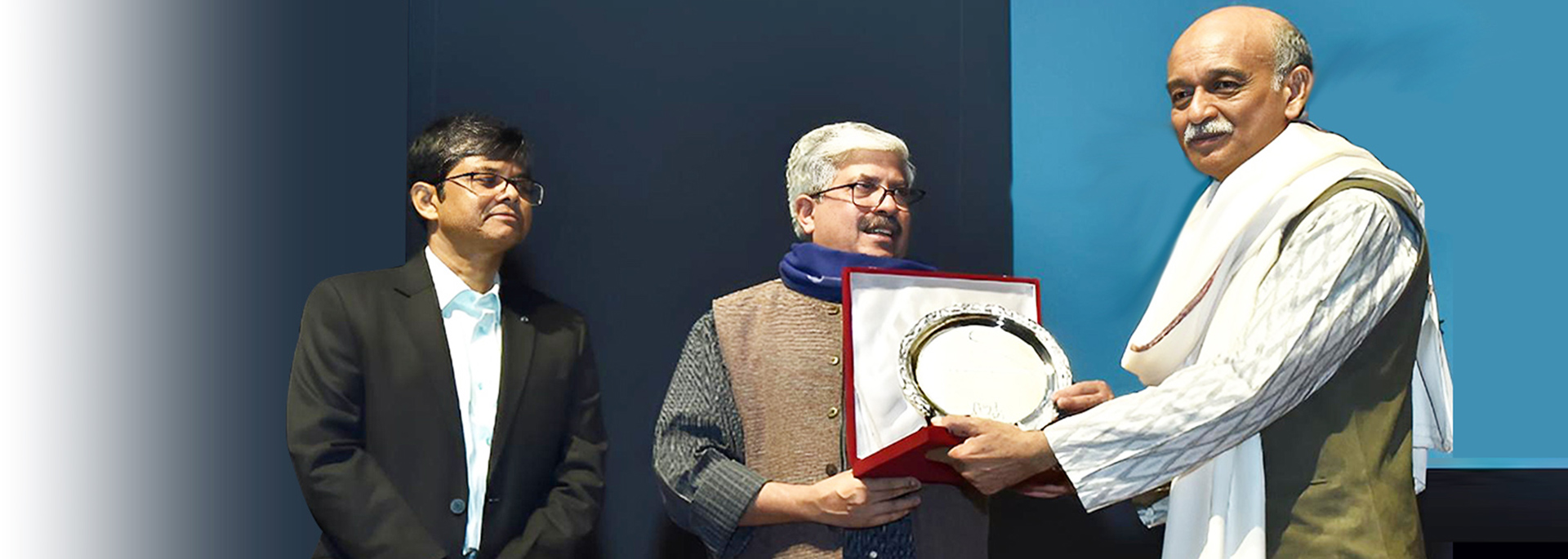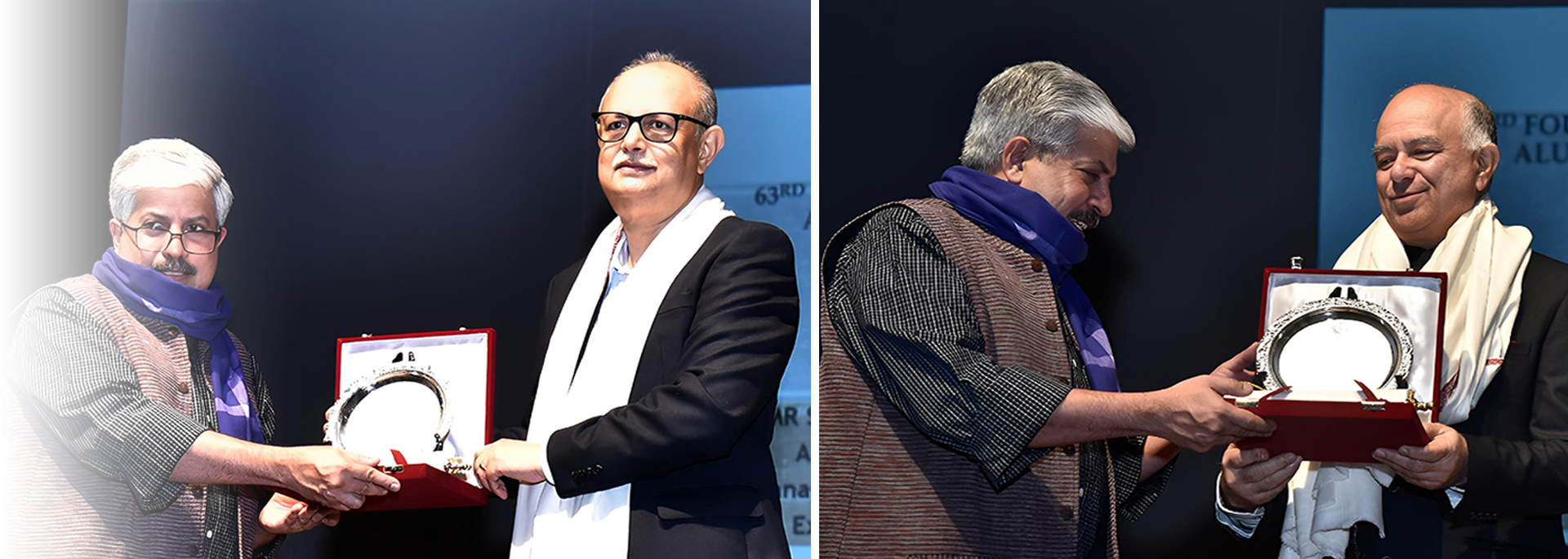The National
Mumbai: For BVR Mohan Reddy, the head of a major information technology company based in Hyderabad, electricity is vital to his business, but he finds securing power in India a major challenge.
“When we have power shortfalls, especially in the summer months, the software industry relies on in-house, captive power generation using diesel,” says Mr Reddy, the founder and executive chairman of Cyient. “Not only that diesel power generation is expensive, but also there are pollution challenges. We manage, but certainly this is not an efficient way of running the business.”
India’s new government, led by the prime minister Narendra Modi, is planning to launch a national energy policy and will focus on developing infrastructure in the sector as it strives to revive economic growth. By 2022, every family in India will have access to electricity, according to a speech this month by Pranab Mukherjee, India’s president.
Blackouts are common in many parts of India and more than 300 million people do not have access to electricity, according to the World Bank.
Indians have become accustomed to generous energy subsidies from the government, while theft of electricity is widespread in the country. Officials from the Reliance-owned distribution company BSES Rajdhani last month were beaten after they tried to search for meters that had been tampered with in a village near New Delhi. Private distributors find it challenging to generate profits in such an environment, with annual losses in India’s power sector expected to reach US$27 billion by 2017 in the absence of sweeping reforms, according to the World Bank.
“The aim of the government will be to substantially augment electricity generation capacity through … conventional and non-conventional sources,” Mr Mukherjee said. “It will expand the national solar mission and connect households and industries with gas grids. Reforms in the coal sector will be pursued with urgency for attracting private investment in a transparent manner.” Nuclear power projects would also be a focus for development, he added.
The ruling Bhartiya Janata Party has highlighted that renewable energy sources, including solar, will be important to meeting India’s energy demands.
Mr Reddy is hopeful, saying that the new government “has taken this challenge of power shortage very seriously”.
“The infrastructure requires considerable modernisation. On account of outdated infrastructure, power loss which includes power theft and percentage of transmission loss is very high,” he adds. “The power generated is far lower than the demand. India has to embark on a very aggressive strategy for power generation. Power generation is critical for economic development and requires immediate attention.”
As it boosts its electricity infrastructure, India will need to avoid a repeat of what happened in the 1990s, when foreign companies including EDF and Enron were brought in to build power plants. A number of these companies withdrew from the projects, with the Enron case becoming a high-profile example. A dispute ensued between the state government of Maharashtra and Enron, as the $3bn project became economically unviable amid power theft and high costs. Enron shut down the plant in 2001.
Private investment in India’s energy sector is much needed to improve its efficiency, analysts say.
Coal is the main source of electricity in India, accounting for more than two-thirds of its generation. Despite having the fifth-largest coal reserves in the world, India last year imported $15bn of coal, according to HSBC.
“India needs more power – a lot more, and fast,” says Frederic Neumann, the co-head of Asian economic research at HSBC. “Otherwise its recovery, and all the hopes for a Modi boom, will be scuttled.”
Between 2007 and 2012, India installed 50 gigawatts of new production capacity, below the 78GW originally planned, he says.
“The shortfall can partly be explained by inadequate fuel supply, especially coal. The current plan, running through 2017, envisages 100GW of new capacity. An industrial revival, let alone the goal of establishing India as a manufacturing export power-house, will remain a distant dream without substantially more power supplies.”
Energy related imports fuel the country’s trade deficit.
“Around 37 per cent of India’s energy needs are currently imported,” Mr Neumann says. “With few oil reserves, yet burgeoning demand, this is bound to rise over time. But, to maintain external payments stability, all efforts must be made to contain the rise in energy imports. Here, coal is India’s best bet. Leaving it unused in the ground is not a viable strategy.”
Coal production in India can be boosted through additional infrastructure, such as additional rail tracks to existing mines to allow it to be transported more easily.
Coal India, a public company, produces the vast majority of India’s coal.
“Like other state firms, it needs to raise its game to meet India’s challenge,” Mr Neumann says. “A partial privatisation could be on the agenda as a way to raise urgently needed investment funds but also to strengthen managerial discipline. In addition, coal production rights could be given to private firms in competition with Coal India.”
Others agree that a dependence on government funding is hampering the sector.
“The major infrastructure issue lies in distribution, what with weak distributions network and large parts of India not yet covered by the distribution system,” says Gurudeo Sinha, a senior fellow at The Energy and Resources Institute, based in New Delhi. “Also, the distribution system is owned mostly by government owned companies. Hence, investment in this sector is mostly by the government. The poor financial health of most of the distribution companies is another factor which impacts generation, as distribution companies do not draw power at higher rates even when it is available.”
Urgent changes need to be made to address the problems, analysts say. “If the government creates an environment where fuel is available, land is available and you have environmental clearance procedures in place, private investment will come in generation,” says Ashok Banerjee, the professor of finance at the Indian Institute of Management in Kolkata. “The problem is getting any investment in transmission. The government of India will have to invest a lot of money in building transmission infrastructure because that is lagging.”
Foreign investment has been flowing into hydroelectric power projects in India, with Abu Dhabi National Energy (Taqa) in March agreeing to buy two hydroelectric power plants in the northern state of Himachal Pradesh, adding to a stake it already has in a similar project on the Sorang Khad river, flowing from the Himalayas. Taqa would become the largest private operator of hydroelectric plants in India, once the acquisition is completed, with a 51 per cent stake in a consortium which is investing $616 million in the two plants.
Investment in renewable sources in India is likely to pay off, as the country strives to solve its power problems.
“India has huge renewables capacity in the form of wind, solar, biomass, tidal,” says Mr Sinha. “Although, there has been substantial increase in renewables generation, it is extremely important to fast track the growth of renewables generation in the country as this is essential for energy security.”
In the past, this has been held back.
“The relatively high generation cost from renewables, other than large hydro, difficulty in obtaining government subsidies, and the speed of technological progress have kept uncertainty around renewables high,” the World Energy Council says. “However, on the rural side, in many cases renewables provide the easiest means to deliver energy to the poor.”



.png)




